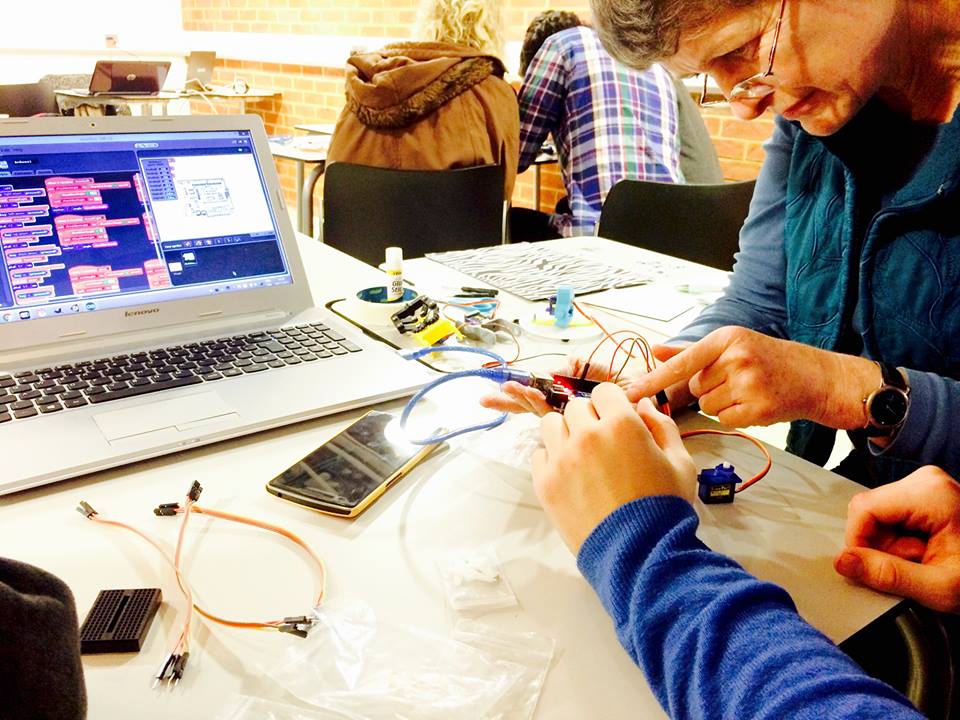Last month saw two tragic incidents plague the commercial spaceflight industry. The first was Antares, an unmanned rocket sending supplies to the ISS, which exploded shortly after take-off.
Just days later, this was followed by the crash of Virgin Galactic’s SpaceShipTwo. A catastrophic explosion nine miles above the Mojave Desert killing one pilot, seriously injured another and scattering debris for miles across the arid desert floor below.
Although unconnected, both disasters are a huge wake-up call to the fledgling industry and acts as a blunt reminder of the dangers involved in spaceflight. With eagerly anticipated predictions of the ability to book spaceflights just as easily as booking a flight to New York, it is fast becoming a reality that has been overloaded; space and space exploration is a risky business.
It is now over a decade since the last significant disaster to a manned spaceflight; when Columbia was destroyed during re-entry, killing seven astronauts and sending debris screaming across clear morning skies above Texas. Although the images of that day remain vivid, the lesson learned has long been forgotten. Success is not a given in this industry, and must not be taken for granted.
This message is all the more important for the companies affected by these latest disasters. While NASA has many decades of experience of spaceflight, commercial ventures, especially Virgin Galactic, have very little. Branson’s project has not even left the atmosphere since its inception ten years ago.
As a result, the public’s confidence in the ability of corporations to deliver a promise of safe commercial space travel will take a significant hit from these incidents, as well as dampening the optimism of those in the industry.
Some have come out against Virgin Galactic, claiming that this could be the fatal blow for the project following a series of setbacks and delays. Carolynne Campbell-Knight, an expert on rocket propulsion at the International Association for the Advancement of Space Safety, went as far as suggesting Branson should “stay out of the space business”.
The impact on Branson’s project is hard to predict before the result of the investigation of the crash is revealed. However, it is widely accepted that, if the project continues, the first commercial flights won’t take place for at least five years. Regardless of whether Virgin Galactic collapses, the determination of others will continue, with several other companies also pursuing the same dream of commercial spaceflight and space tourism.
Competition is the thing that the space industry needs; the drive to make spacecraft more efficient will not only save cost, but also push the boundaries of science and technology. However, this must be conducted remembering that cutting corners will infringe on safety, which makes the stakes are much higher. This really is rocket science and the complexity of it must not be taken lightly.
What these two tragedies remind us is that safety must always be the priority in any space venture; commercial space travel won’t be as safe as commercial aviation for years, if not decades, to come. However, that is not a reason to abandon the industry altogether. The potential it has, particularly in the area of intercontinental space travel, is a worthy pursuit. As Art Dula, founder of spaceflight company Excalibur Almaz put it: “It would be a tragedy if we let this very unfortunate event stall or significantly delay development.”
It cannot be denied that these tragedies are a setback and could delay the development of the industry and scar its safety record, but the drive to make space accessible to everyone will continue. It should be remembered that even the Apollo missions suffered terrible tragedies in its infancy, but it went on to make incredible achievements. The world of commercial spaceflight will do the same.


